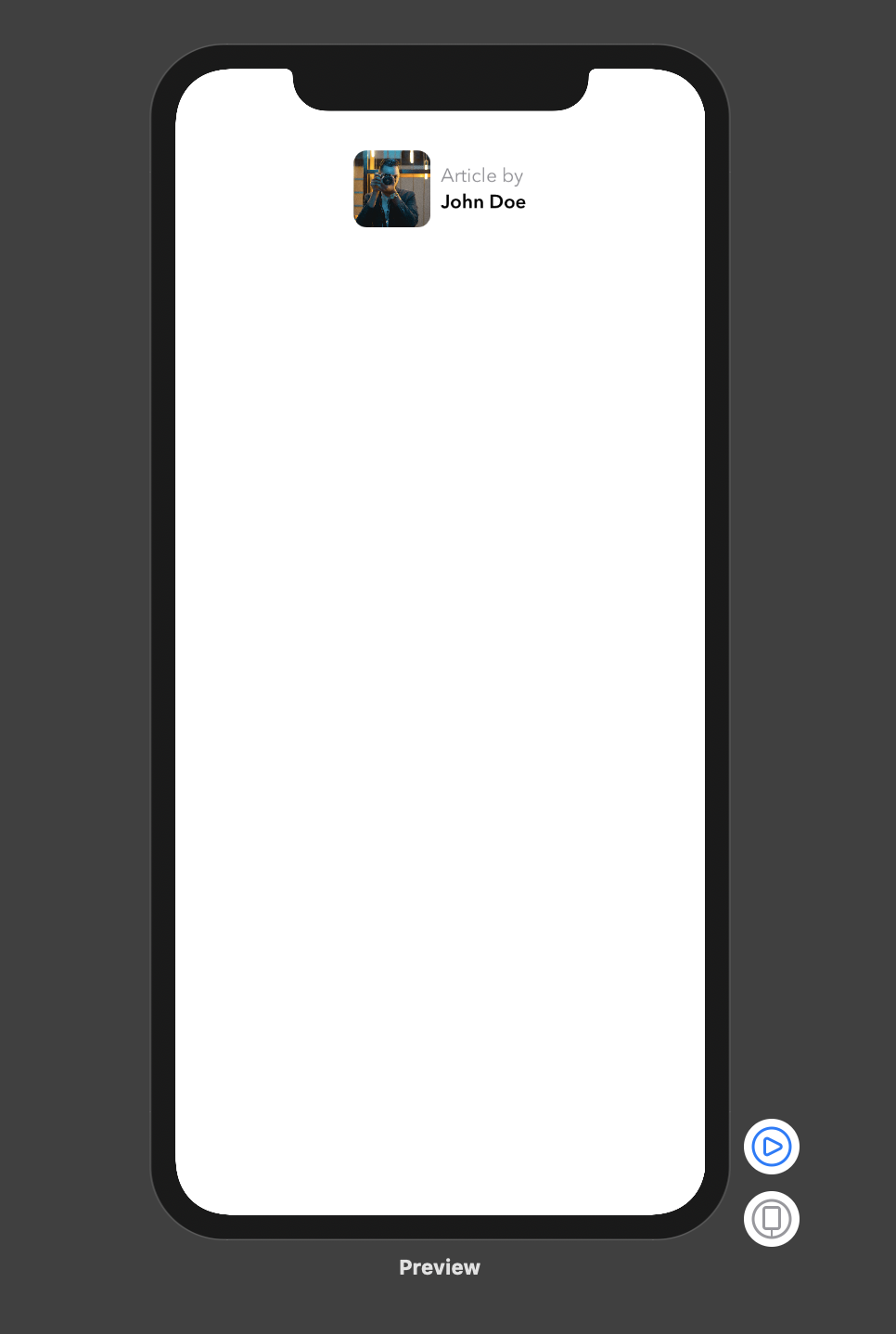

SwiftUI uses the same concept and applies it to the views so that they can be improved in a number of ways, especially performance. The term “lazy” comes from the common lazy loading pattern that consists of initializing an object only to the point that it is needed. Think for a moment, if we want to present our content inside of a ScrollView, what could be the performance of our application using the standard Stacks? Well, here is where the lazy Stacks come into play. It is worth mentioning that VStack, HStack, and ZStack all load the entire content at once, no matter if the inner views are on-screen or off-screen. We just reviewed the standard Stacks that SwiftUI has, and now we want to know the behavior of these related to the performance. Now they are stacked to the left side with a spacing of 40. The spacing allows the elements of the view to be separated from each other by a specific value (this applies just for HStack and VStack, wherein the alignment arranges the inner views in a specific position).įor example, if we change the definition of VStack to be:Īs you can see, the space between the elements has changed, as well as their alignment. Some important details to know about Stacks is that they provide some custom properties, specifically alignment and spacing. Last but not least, the ZStack positions its views, Image() and Text(), one over the other. On the other hand, HStack groups two Text() views, “Agile” and “Unstoppable,” in left-to-right order. Each of them have views inside, like Text() and Image().Īs you can see, VStack arranges the Text(), HStack, and Zstack as a top-to-bottom list. In the example below, you will see a combination of VStack, HStack, and ZStack.

A good way to achieve this is using a combination of Stacks. Most applications have to show a variety of content that needs to be distributed on the screen. So, in this case, the Text() overlaps the Image(). In the example below, you will see a ZStack with two views: an Image() and a Text():Īs you can see, the structure is in an overlapping format. ZStack shows its children back-to-front, allowing the views to be overlapped. In the example below, you will see an HStack with two views: an Image() and a Text():Īs you can see, the structure is aligned in a horizontal way: the Image() is next to the Text(). HStack is used to group the views left-to-right. In the example below, you will see a VStack with two views: an Image() and a Text():Īs you can see, the structure is aligned in a vertical way: the Image() is above the Text(). In fact, this is the default view that the body returns. VStack shows its children elements as a top-to-bottom list.

The images below present a graphical description of the three available types of Stacks:
#Hstack vs vstack series
It can be defined as a static collection that allows you to include, combine, order, or group a series of user interface elements in specific directions, guaranteeing that the application does not lose its form when it is used on different devices.Īn important detail about stacks is that they can only pile 10 subviews, otherwise the message “Extra argument in call” will be displayed on your editor. What is a SwiftUI Stack?Ī Stack in SwiftUI is equivalent to UIStackView in UIKit. Finally, we’ll break down a performance comparison between Lazy and not lazy stacks. You will see some simple examples that show the behavior of each of them and the ways to combine them to create complex screens.

In this article, we are going to look at what a Stack is and its three types: VStack, HStack, and ZStack. SwiftUI offers us many different methods of accomplishing this, but the most common one is by using Stacks. Some of them need to be displayed vertically, horizontally or even overlapping. Adding a Spacer between views in a stack will push them apart.It is common to add many elements to the UI when developing an app. Adding a Spacer to the bottom of a stack will shift all of the previous stack items up, and opposite for the top. Such that, type Alignment = 'leading' | 'center' | 'trailing' Ī component to provide space between stack items. Installation yarn add react-native-stacks Usage import React from 'react' SwiftUI inspired Stack and Spacer components


 0 kommentar(er)
0 kommentar(er)
